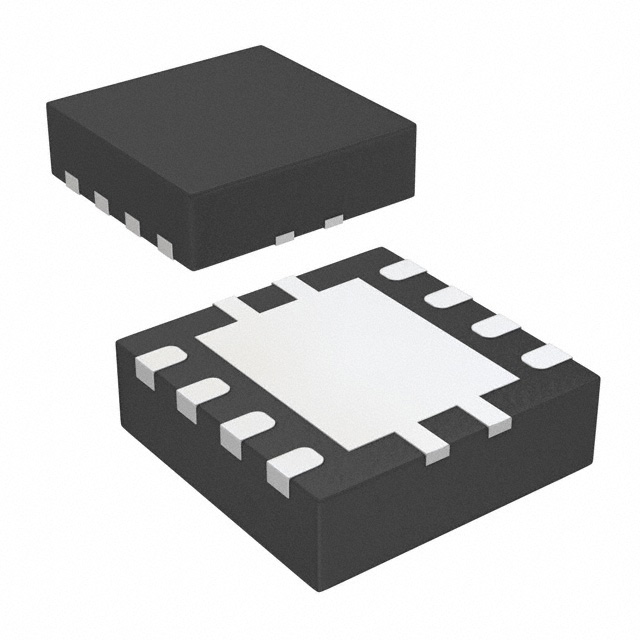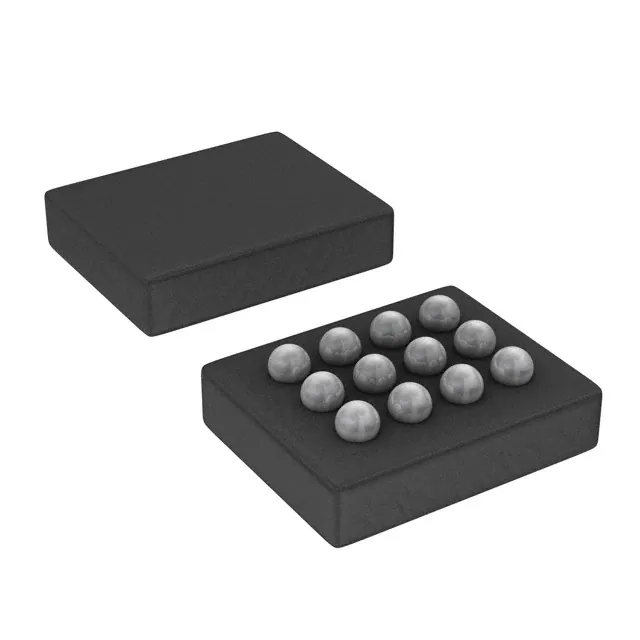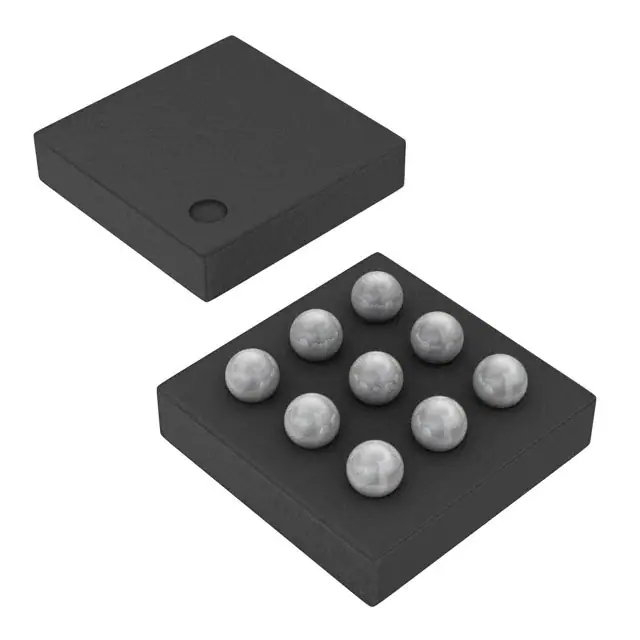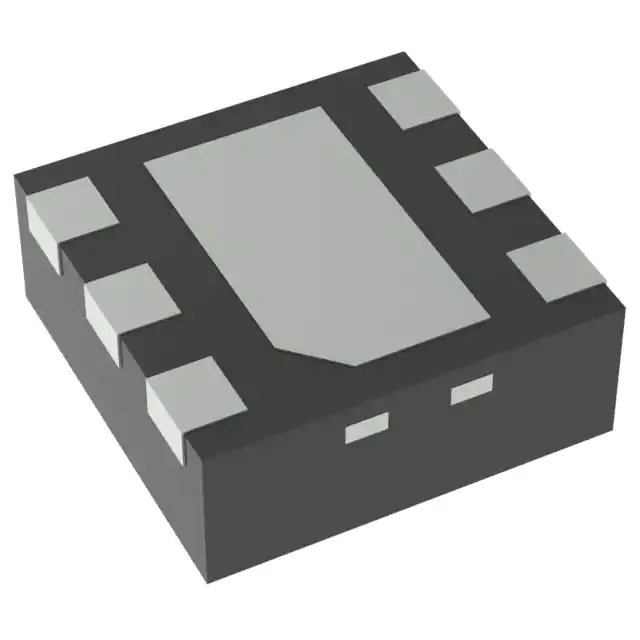These octal buffers and line drivers are designed specifically to improve the performance and density of 3-state memory address drivers, clock drivers, and bus-oriented receivers and transmitters.
The ’AC241 devices are organized as two 4-bit buffers/drivers with separate complementary output-enable (1OE\ and 2OE) inputs. When 1OE\ is low or 2OE is high, the device passes noninverted data from the A inputs to the Y outputs. When 1OE\ is high or 2OE is low, the outputs are in the high-impedance state.
To ensure the high-impedance state during power up or power down, OE\ should be tied to VCC through a pullup resistor and OE should be tied to GND through a pulldown resistor; the minimum value of the resistor is determined by the current-sinking or the current-sourcing capability of the driver.
Feature
- 2-V to 6-V VCC Operation
- Inputs Accept Voltages to 6 V
- Max tpd of 7.5 ns at 5 V
These octal buffers and line drivers are designed specifically to improve the performance and density of 3-state memory address drivers, clock drivers, and bus-oriented receivers and transmitters.
The ’AC241 devices are organized as two 4-bit buffers/drivers with separate complementary output-enable (1OE\ and 2OE) inputs. When 1OE\ is low or 2OE is high, the device passes noninverted data from the A inputs to the Y outputs. When 1OE\ is high or 2OE is low, the outputs are in the high-impedance state.
To ensure the high-impedance state during power up or power down, OE\ should be tied to VCC through a pullup resistor and OE should be tied to GND through a pulldown resistor; the minimum value of the resistor is determined by the current-sinking or the current-sourcing capability of the driver.














